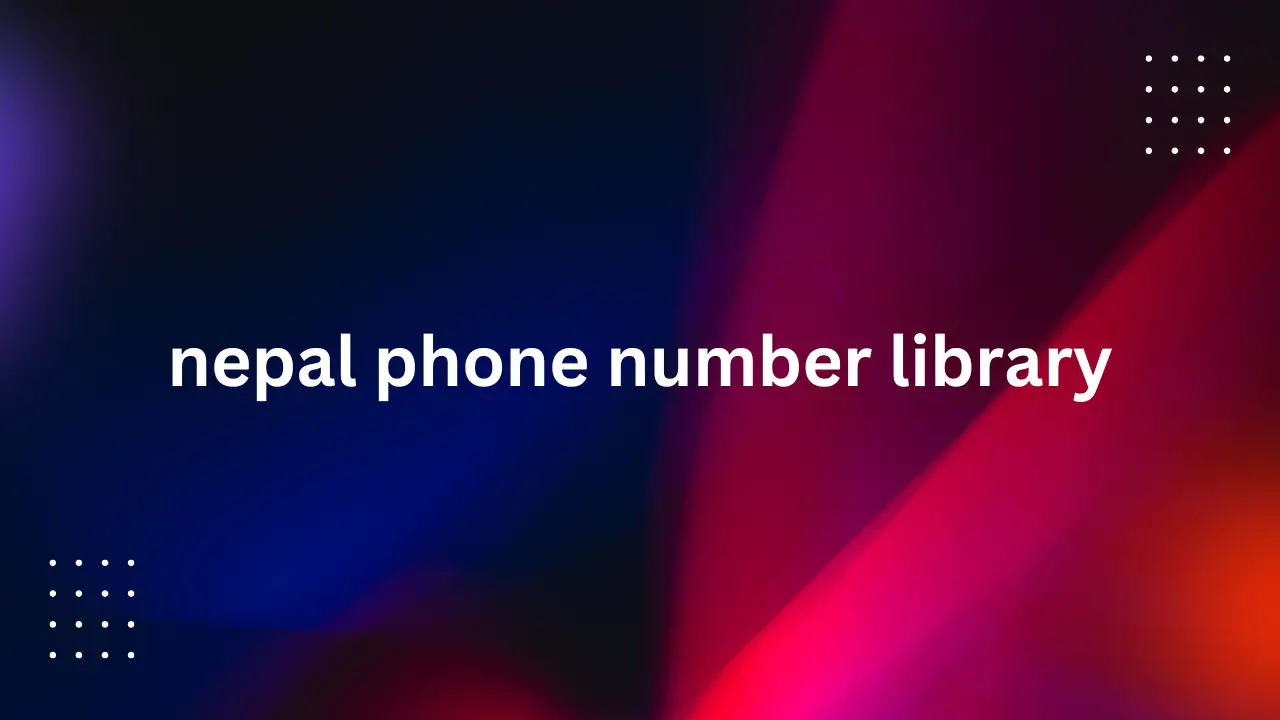1/ B2B Omnichannel is a non-internal customer concept.
It is important to start here, omnichannel is not the possibility of a company selling on several channels at the same time (digital, physical, hybrid, etc.) but rather the channels that the consumer freely and simultaneously chooses to contact us. That is, in the same experience or “customer process” which channels, depending on nepal phone number library the interaction, a customer has become accustomed to interacting with us (web, physical point of sale, call center, social networks, etc.). It is a question of new customer habits and has an important implication for the company since the sooner it understands and adapts to it, the more differential its approach can be, but if on the other hand it takes too long it will probably be late and its customer will not perceive it as something to be valued anymore.

2/ B2B Omnichannel is here to stay.
There is a first devastating fact: 60% of the purchase decision in the early cycle (recognition, consideration and evaluation stages) of the Customer Journey is already made without anyone in the company being aware of it, that is, it is done 100% digitally.
As we explained before, the buyer wants to combine channels based on their convenience and will use the personal channel or the remote or e-commerce channel they want based on variables such as: their moment in the journey, the value contribution required, speed, parallel information to compare, experience, seniority, etc. The advantages for them are maximum: speed, self-service, comparison, time, etc.
We must clearly distinguish between the stages of pre-purchase, purchase and post-purchase to choose the right channel and content in our pipeline. We must also distinguish between the marketing channel (website, app, chatbot) and the purchasing channel (e-commerce, physical point of sale or hybrid order). Omnichannel is not a transactional concept, but rather a 100% relational one.
